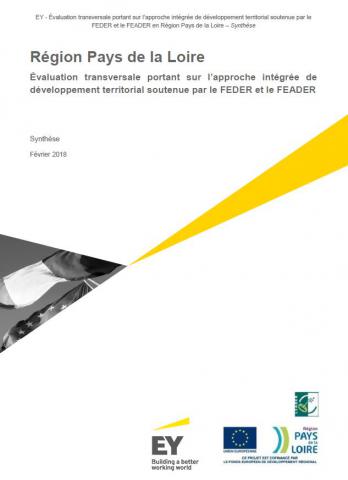
This report covers the Cross-sectional evaluation of the integrated approach of territorial development supported by the ERDF and the EAFRD

This report covers the Cross-sectional evaluation of the integrated approach of territorial development supported by the ERDF and the EAFRD

This study covers the evaluation of the ESI funds' implementation organizations in Sweden.
13 ESI fund programs in Sweden together contribute to the EU's 2020 goals. They work relatively well but the implementation can be developed, eg. through clearer prioritization among governing documents and through clearer description and consensus on how each program is expected to achieve its goals. Four different impact traces for impact have been identified. The so-called direct track is dominant in the marine and fisheries program and the rural development program. The power tracks are not in contrast to each other, but strategies and control need to be adapted to the respective tracks, both between and within the programs.
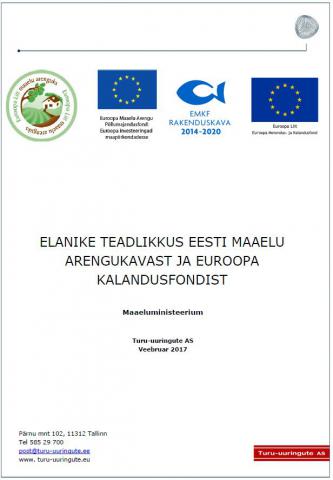
The objective of the study was to find out the reputation of rural life, agriculture, rural entrepreneurship and professional fisheries. Awareness on European supports in the sector in general and recognition of RDP, LEADER supports and European Fund for Fisheries separately. Residents' assessments on usefulness of supports.
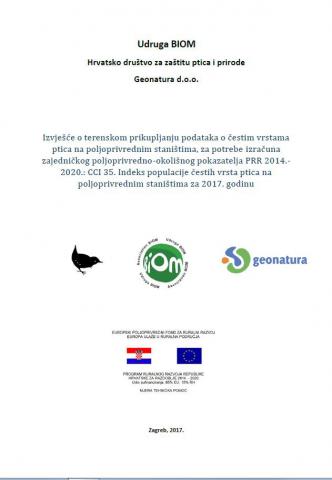
For the purpose of computing this indicator, field data collection activity has been undertaken on common bird species in agricultural habitats.
The project consists of the following elements:
a) Implementation of field counting of birds
b) the entry of field data in the database of "Monitoring of Common Birds of Agricultural Habitats in Croatia"
c) drawing up a Report on the Results of Counting Common Birds for 2017.
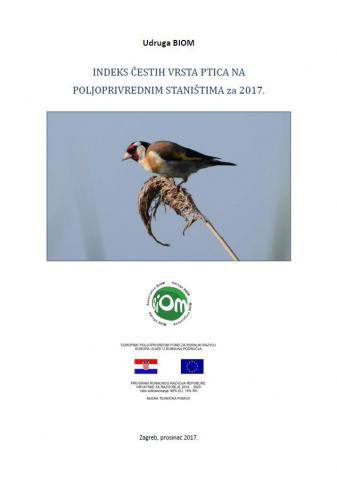
This report encompasses the calculation of the Farmland bird Index, i.e. the index of ‘common’ birds occurring in farmlands across Croatia for the year of 2017. The Farmland Bird Index (FBI) is one of the major baseline indicators measuring and assessing the influence of agricultural policies and practices on both natural habitats and species in the EU. For the first time the FBI has
been calculated for the Republic of Croatia and the year 2015 has been set as the reference year in which the FBI has by default been set to the value of 100. The development of index is thus being compared to the year of 2015 as baseline year.

In 2017, the formative thematic evaluation of the AECMs was conducted. It aimed to estimate the relevance and applicability of the RDP in Mayotte.
The results of the evaluation shed light on the Managing Authorities choices concerning the modifications of Measure 10 to be submitted to the European Commission in order to envisage the opening and the access of the AECMs to farmers of the territory in 2018.
The study evaluates both the overall mechanism of the AECMs and the operational character of the AECMs in Mayotte on an individual basis.
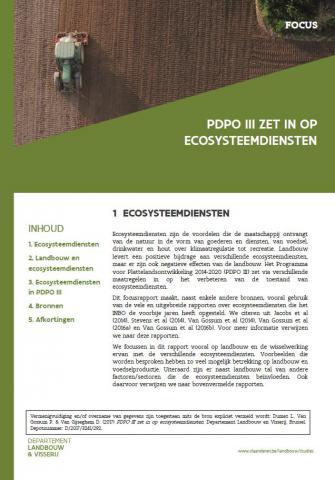
This report focuses on ecosystem services and the benefits that people and society receive from nature in the form of goods and services, from food, drinking water and wood to climate regulation to recreation. Agriculture makes a positive contribution to various ecosystem services, but there are also negative effects of agriculture on ecosystem services.
The Rural Development Program 2014-2020 (PDPO III) focuses on improving the state of ecosystem services through various measures. The largest number of measures responds to biodiversity, regulation of water quality, preservation of soil fertility, regulation of the global climate and regulation of erosion risk.
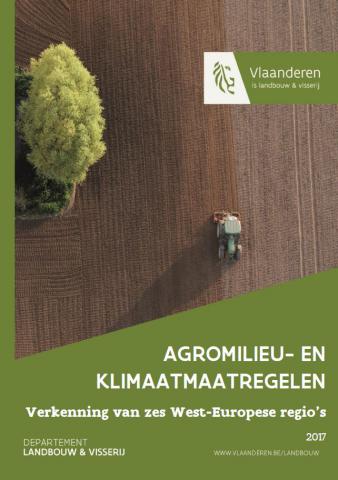
In this report a screening of the agri-environment and climate measures of six European countries or regions: the Netherlands, Wallonia (Belgium), Lower Saxony (Germany), Nord-Pas de Calais (France), Scotland (United Kingdom) and Denmark. The rural development programme available is used for each Member State as a basis. Measures that pursue purely nature objectives are not taken into consideration.

The evaluation aims to obtaining an economic assessment of the activities and development opportunities for small and medium sized farms in Latvia, including direct payments and RDP contributions. It provides the analyis of the support conditions in the RDP measures and proposals for the development of these farms.

The performance assessment focused on the impact of the Mainland Finland RDP on the development of competitiveness of the agricultural sector. The main RDP tools for improving competitiveness are the measures relating to training and information, Farm Advisory Services, investments, development of farms and businesses, basic services, and village development. The evaluation looked at the development of the structure of the Finnish agriculture, assessed short supply chains and the economic status of the producers, and the productivity of agricultural enterprises was analysed.
The evaluation was based on existing monitoring and statistical data. The evaluation will be repeated in 2019, when the quantitative assessment will aim to identify the net impacts of the RDP, distinguishing them from the changes in the operating environment.